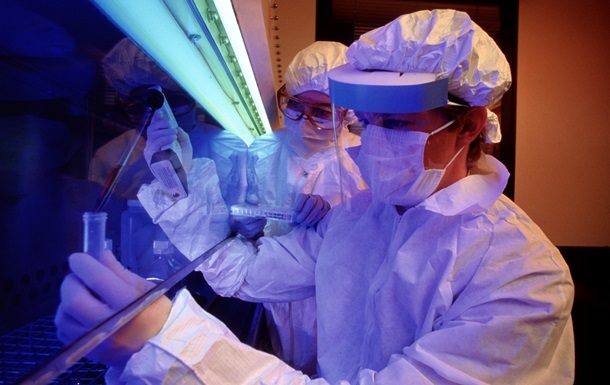For the first time, scientists have mapped the entire brain during decision-making.
An international team of neuroscientists studied more than 600,000 neurons in 139 mice and found that the decision-making process involves many more brain areas than previously thought.
For the first time, scientists have managed to map the decision-making process in the mammalian brain with single-cell resolution. The study was conducted by the International Brain Laboratory, and its results are described in the publication Interesting Engineering.
During the experiment, mice operated a small “steering wheel” to move objects on a screen. For the correct action, they received a reward – a sip of sugar water. This allowed scientists to track neural activity at the moment of decision-making.
Analysis of data from different laboratories covered more than 600,000 neurons in 279 brain areas of 139 mice. As explained by Princeton University professor Ilana Witten, the findings indicate that decision-making is not a function of separate centers, but a distributed process that includes even those areas that were previously associated only with motor functions.
Scientists emphasize that the created map is a unique resource for further research. At the same time, they note that this is only the beginning in understanding the complex interaction of neurons in the brain.
It was previously reported that prolonged exposure to heat waves accelerates the aging process of the body in the same way as smoking, alcohol or poor nutrition.


